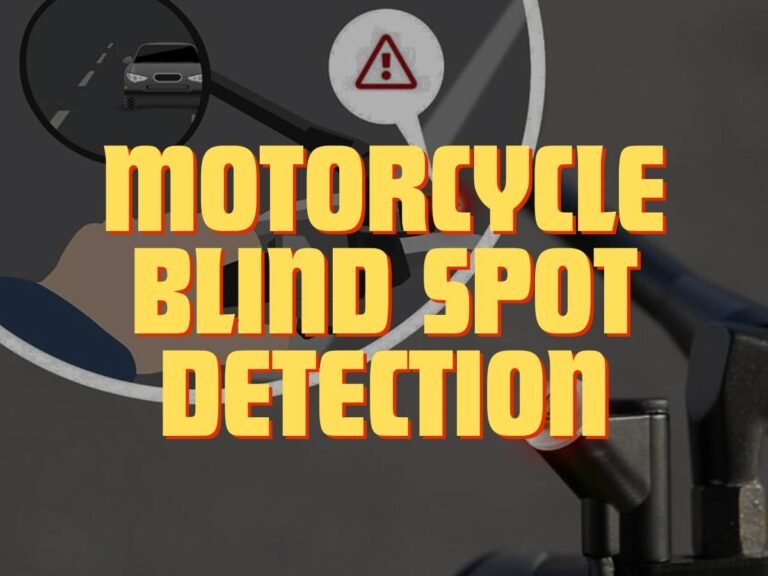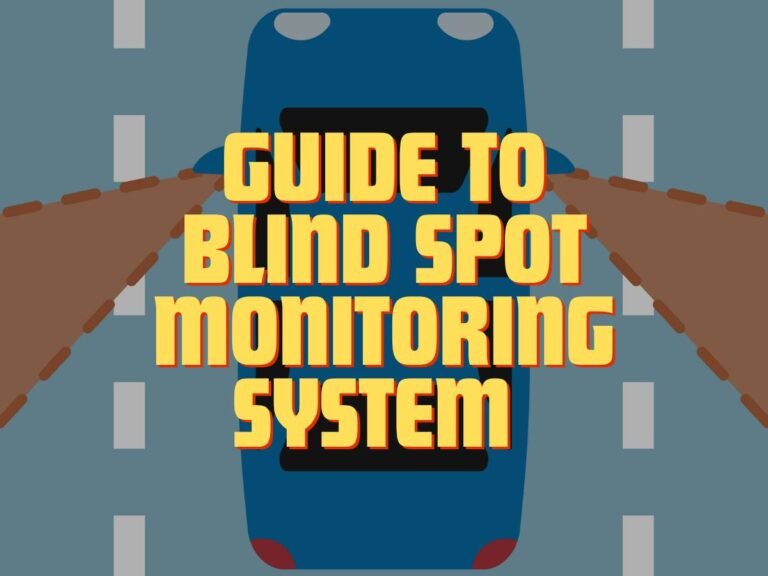The Pros & Cons Of Lane Departure Warning Honda
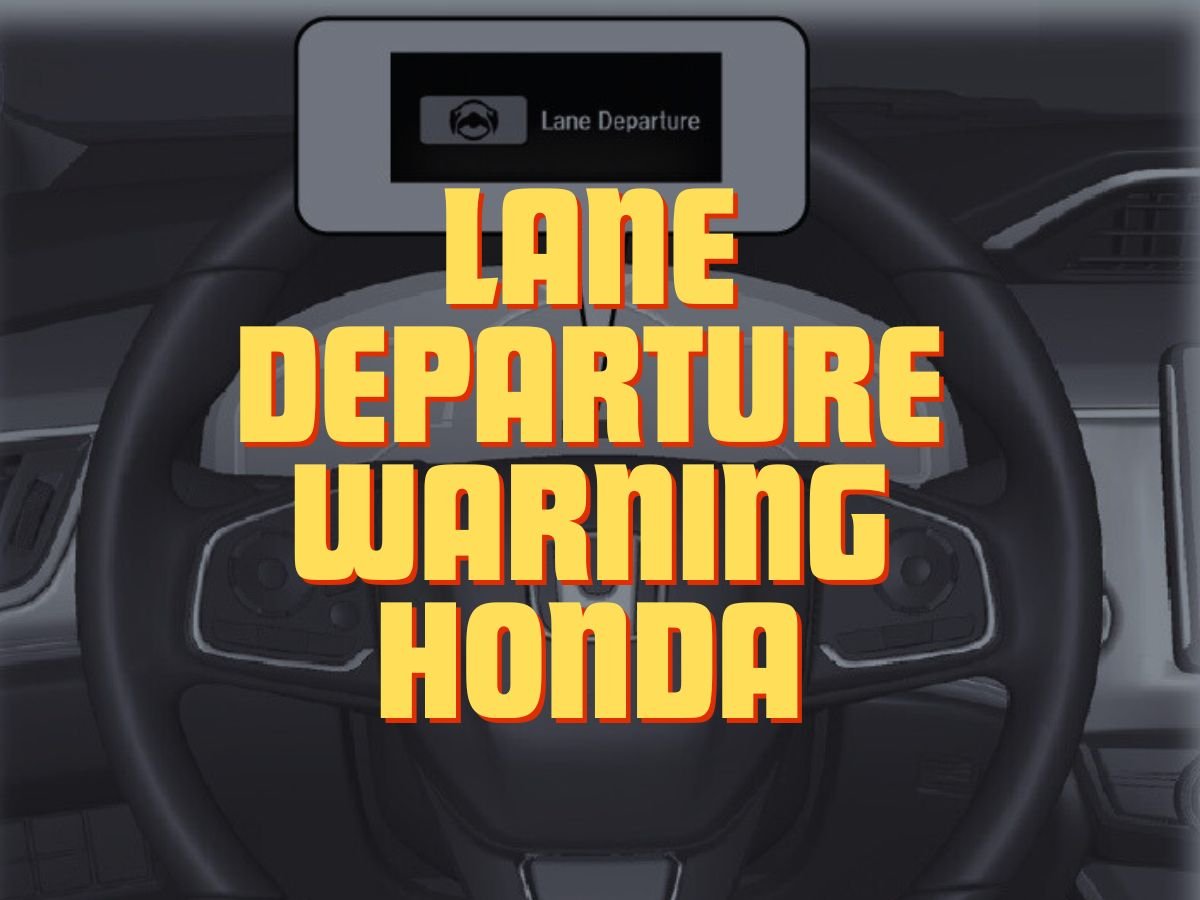
Honda is one of the most popular car manufacturers with driving assistance systems. While their integrated safety features are helpful, they also have some demerits. For instance, some errors might occur in many models. However, lane departure warning Honda is still a highlight with tons of benefits for drivers.
Are you new to your lane departure warning Honda system? Well, understanding the system might help with its usage. Furthermore, it is important to know its pros and cons. This way, you can decide whether a Honda car with this safety feature is worth buying. Without any further ado, let’s get started!
Overview of Lane Departure Warning Honda
Honda’s LDW system detects unintentional drifting from your lane and alerts you promptly. It mitigates the risk of potential collisions. The system functions by leveraging a combination of cutting-edge sensors, cameras, and intelligent algorithms. This technological combination helps monitor your vehicle’s position relative to lane markings.
At the heart of Honda’s LDW system are advanced sensors and cameras strategically placed throughout the vehicle. They continuously scan the road ahead, capturing crucial data. That includes the lane markings, road curvature, and the vehicle’s trajectory.
By analyzing this data in real-time, the system can accurately determine whether the vehicle is drifting out of its lane. The integration of high-resolution cameras ensures precise detection, even in challenging lighting or weather conditions.
How Does Lane Departure Warning Honda Work?
The primary function of Honda’s LDW is real-time monitoring. Using sophisticated algorithms, the system compares the vehicle’s trajectory with the detected lane markings. How does it work? Well, let us explain.
If it detects any deviation from the intended path without the use of turn signals, the system triggers an alert to notify the driver. This alert can take various forms, including visual warnings, auditory alerts, or haptic feedback through the steering wheel or seat.
By providing timely warnings, Honda’s LDW system empowers drivers to take corrective action. That may include adjusting their steering or signaling for lane changes. Its proactive approach helps prevent accidents caused by unintentional lane departures.
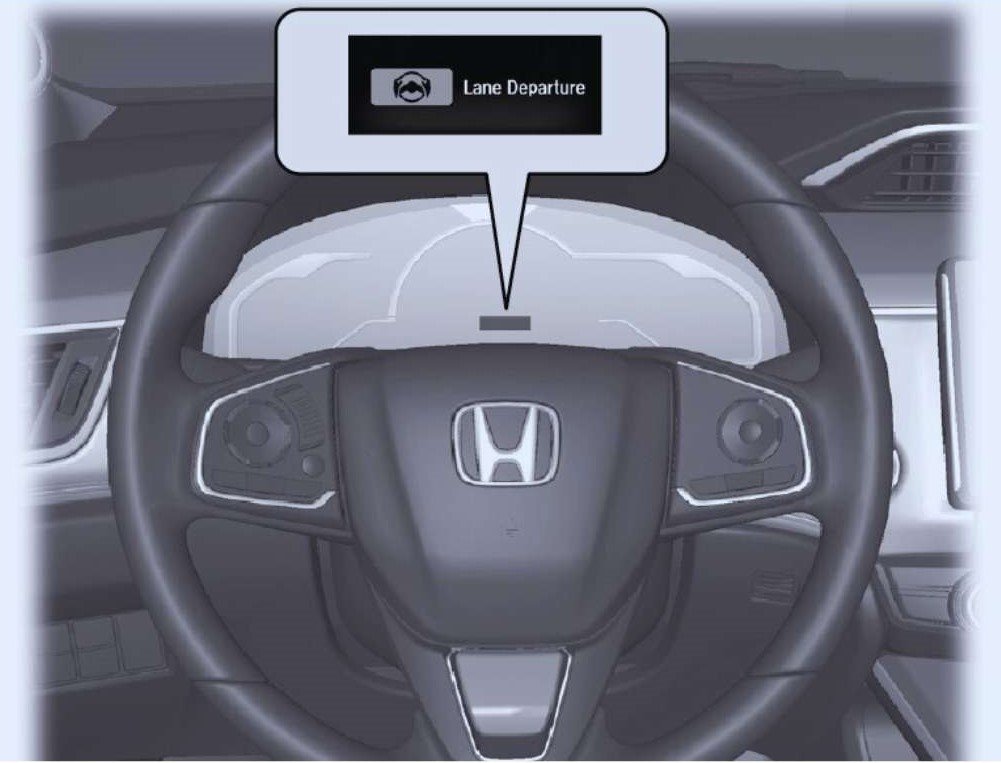
How Does Lane Departure Warning Honda Differ from Other Systems?
When it comes to safety features in Honda vehicles, the two following technologies stand out:
- Lane Departure Warning (LDW)
- Collision Mitigation Braking System (CMBS)
Let’s see what makes these technologies different from other systems!
Contrasting Lane Departure Warning Honda with Collision Mitigation Braking System
Both LDW and CMBS aim to enhance driver safety. However, their frameworks differ significantly. Here’s how!
1. Lane Departure Warning
LDW is primarily concerned with keeping the vehicle within its lane. By monitoring lane markings and detecting deviations, LDW alerts the driver to potential lane departures. It reduces the risk of side-swiping accidents or unintended lane changes. In short, LDW focuses mostly on lane discipline.
2. Collision Mitigation Braking System
On the other hand, CMBS is designed to mitigate the severity of frontal collisions. Using radar and camera systems, CMBS detects vehicles or obstacles ahead and applies the brakes autonomously if a crash is imminent. It helps prevent or lessen the impact of accidents.
Benefits of Lane Departure Warning Honda Over Other Systems
Now, we know the difference in lane departure warning Honda. Let’s see the primary benefits of this system:
- Highway Driving: LDW is particularly valuable during highway driving, where maintaining lane discipline is crucial for safety. It helps prevent accidents caused by drifting into adjacent lanes or off the road. That is especially true during long journeys or when driver fatigue sets in.
- Urban Environments: In congested urban environments with complex road layouts and frequent lane changes, LDW provides valuable assistance. That is by staying within designated lanes, reducing the risk of side-swiping collisions or conflicts with other vehicles.
- Adverse Weather Conditions: LDW’s reliance on high-resolution cameras and intelligent algorithms allows it to operate effectively in various weather conditions. That includes rain, fog, or low-light situations. It ensures consistent performance and reliable lane departure alerts, even when visibility is compromised.
- Driver Awareness: By alerting drivers to potential lane departures, LDW serves as a reminder to stay focused and attentive behind the wheel. It promotes safer driving habits and can help prevent accidents caused by momentary lapses in concentration.
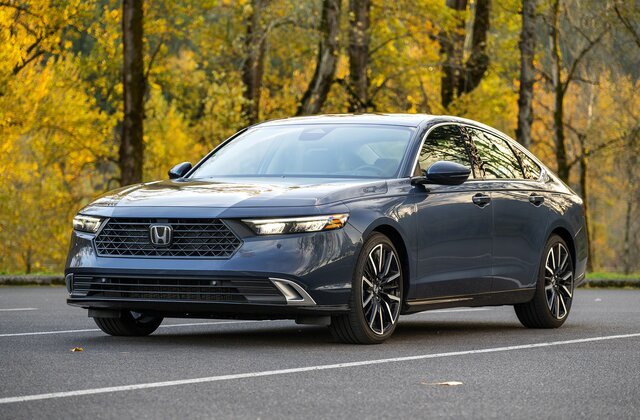
Availability Of Lane Departure Warning Honda
As the name suggests, lane departure warning Honda is only available in Honda vehicles. However, it is not limited to one specific model and series. Instead, you will find it in the following releases:
- Honda Accord
- Honda CR-V
- Honda Civic
- Honda Pilot
That said, there’s more you should know about the availability of lane departure warning Honda. It comes in two packages. Let’s look at both:
- Standard Package: In some Honda models, lane departure warning is included as a standard feature across all trim levels. That means regardless of which variant you choose, you’ll benefit from the added safety and convenience of LDW.
- Optional Upgrade: In other cases, lane departure warning may be offered as an optional upgrade on selective trim levels. It may also come as a part of the safety package add-on. That allows you to vehicle to suit your preferences and budget, adding LDW along with other advanced features for enhanced protection.
The Cons Of Lane Departure Warning Honda
Now, we know the pros and availability of lane departure warning Honda. Let’s go through its demerits to provide the complete picture:
False Alarms and Inaccurate Detection
The first thing to worry about is the system’s accuracy. While it is very precise, some errors can still occur. Here are some common reasons behind false alarms:
- Environmental Factors: LDW systems can be sensitive to environmental factors such as faded lane markings or uneven road surfaces. In such situations, false alarms or inaccurate detection of lane departures may occur. That can lead to unnecessary distractions for the driver.
- Driver Preferences: Some drivers may find the frequency or sensitivity of LDW alerts to be intrusive or irritating. That is particularly true if they prefer a more hands-on driving experience. And, that leads to the system being disabled or ignored, negating its intended safety benefits.
Limited Effectiveness in Some Scenarios
LDW systems are highly effective. However, their effectiveness can be compromised in some situations. That includes the following:
- Curvy Roads or Narrow Lanes: LDW systems may have limitations in accurately detecting lane boundaries on curvy roads or narrow lanes. In these scenarios, the system may struggle to provide timely alerts, reducing its effectiveness in preventing lane departures.
- High-Speed Driving: At higher speeds, LDW may have a shorter reaction time to detect and alert drivers to lane departures. That could pose a challenge in preventing accidents, especially in situations where quick corrective action is required.
Additional Costs & Maintenance
For some drivers, the additional costs of maintenance and repairs can be a deal-breaker. Let’s look at it in detail:
- Optional Feature: In some Honda models, LDW may be an optional feature or part of a higher trim level, adding to the overall cost of the vehicle. That could deter budget-conscious buyers or those who prioritize other features over LDW.
- Maintenance Costs: Like any advanced technology, LDW may require periodic maintenance or calibration to ensure optimal performance. And that results in additional costs or inconvenience for vehicle owners over time.
Over-Reliance on Technology
There’s no doubt that Honda LDW is highly helpful for drivers. However, that still doesn’t mean you should rely entirely on it. Here’s what every driver should know:
- Risk of Complacency: One potential downside of LDW is that drivers may become overly reliant on the technology. Relying too heavily on LDW alerts to correct lane drifts could lead to complacency and a decrease in attentiveness behind the wheel.
- Reduced Vigilance: Continuous exposure to LDW alerts may desensitize drivers to the warnings over time. That is especially true if they occur frequently due to road conditions or driver behavior. It could lead to reduced vigilance and responsiveness when genuine lane departure situations arise.
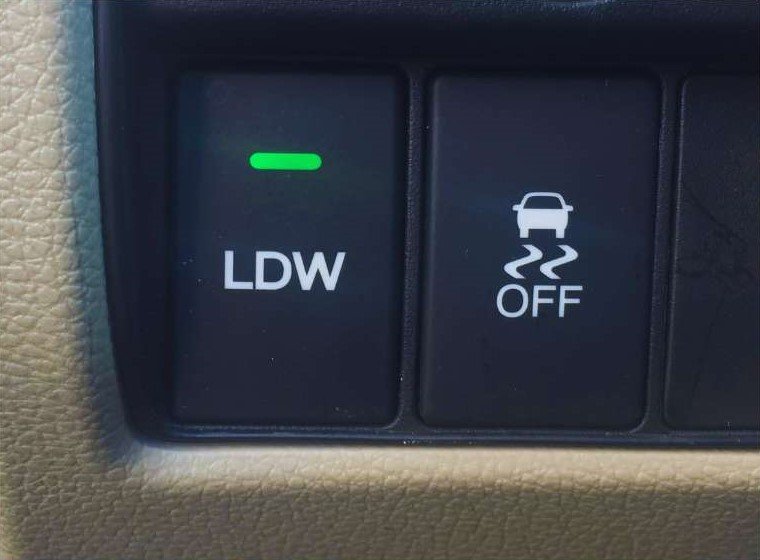
How to enable or disable lane departure warning on a Honda?
Enabling and disabling lane departure warning (LDW) on a Honda can vary slightly depending on the model and year of your car. Here are two main methods:
Using a button:
- Look for a button labeled “LDW” on your steering wheel or dashboard.
- Pressing this button will likely toggle the system on and off.
- A green indicator light on the button usually signifies that the system is active.
Using the instrument cluster menu:
- Some Honda models might not have a dedicated LDW button. In this case, you’ll need to navigate through the instrument cluster menu.
- Consult your owner’s manual for specific instructions on how to access the menu on your model.
- Within the menu, find the driver assistance settings and locate the option for lane departure warning. You should be able to enable or disable it from there.
Additional Tips:
- If you’re unsure about the location of the LDW button or menu option, consult your Honda’s owner’s manual for specific instructions.
- You can also find helpful video tutorials by searching online for “enable lane departure warning Honda [your model year]”. For example, you can search for “[YouTube] enable lane departure warning Honda Civic 2024”
Evolution of Lane Departure Warning Honda & Future Predictions
The lane departure warning Honda has a promising future. Here’s what we can predict from the company in its upcoming releases:
- Enhanced Accuracy Reliability: As technology continues to advance, future iterations of LDW in Honda are expected to offer even greater accuracy and reliability. That means improvements in sensor technology, AI algorithms, and real-time data processing capabilities.
- Customization & Personalization: Future LDW systems may allow for greater customization and personalization options. That allows drivers to adjust the sensitivity of lane departure alerts based on their preferences and driving conditions. This level of customization can enhance user experience and minimize false alarms.
- Integration with Driver Assistance Features: Honda is likely to integrate LDW with other driver assistance features. That includes the likes of Adaptive Cruise Control and Lane Keeping Assist. The combination of various safety features will provide a more seamless driving experience while further enhancing safety on the road.
- Collaborative Safety Systems: Integration of Lane Departure Warning with other autonomous driving features is another expectation. That includes its combination with pedestrian detection and intersection monitoring.
Conclusion
In conclusion, lane departure warning Honda is a helpful driving assistance system. It offers many benefits, like real-time monitoring of vehicle position, alerting drivers to potential lane departures, and promoting safer driving habits.
From its integration of advanced sensors and cameras to its evolution towards autonomous driving features, Honda continues to lead the way in enhancing the effectiveness and reliability of LDW systems. But that’s not to say the system is perfect by any means. It may have some flaws. At the end of the day, you are supposed to combine this safety feature with your driving practices for the best outcome!



